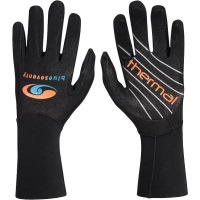Cold water therapy is loved by Lizzo and Harry Styles - here's how it could boost your energy, fitness and more
Learn all about why the Wim Hof method could be worth introducing into your day-to-day.
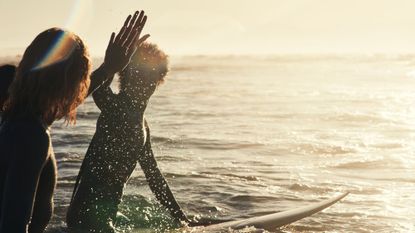

Cold water therapy has been steadily rising in search since 2018 when it first went viral. Raved about by athletes, fitness fanatics and celebrities alike who all swear by the practice, the practice promises a myriad of supposed health benefits, from improved energy, to increased life longevity, to boosted metabolism and mental health.
So, why's it such a hot topic? Lockdown is partly to thank - people had more time to focus on their wellbeing and embraced alternative therapies as a way of coping with the turbulent and uncontrollable daily circumstances.
That said, cold water swimming is largely raved about because those who practice it regularly sweat it's changed both their mental and physical health. That said, it isn't a new concept. Hippocrates is the oldest recorded mega-fan of a cold dunk, documenting his experiences back in 370 BC.
Today, Harry Styles, Lizzo, Lady Gaga, and Miranda Kerr are all thought to be fans, with The Body Coach founder Joe Wicks taking daily cold dips.
Intrigued to find out more about what cold water therapy is, how it works, and how it could benefit you? Below, a team of qualified experts and health professionals share the current science and their take. Don't miss our guides to whether cold water is bad for you and the benefits of ice baths, while you're here.
Cold water therapy - your expert-led guide
What is cold water therapy?
According to healer and wellness expert Antonia Harman, cold water therapy is exactly what it says on the tin—a dunk or shower in cold water that then boasts therapeutic benefits. "This comes in many forms", she shares. "Think cold showers, dips in unheated lidos (read our guide to the best lidos, here), ice baths or even cold chambers."
Wondering how cold counts as, well, cold? Dr. Michael Barnish, Head of Genetics and Nutrition at REVIV, reckons it counts if you go anywhere below 15 degrees C. "Many seasoned cold water users brave just a few degrees C."
Marie Claire Newsletter
Celebrity news, beauty, fashion advice, and fascinating features, delivered straight to your inbox!
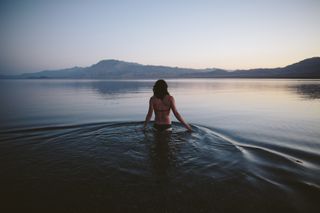
What are the benefits of cold water therapy?
While benefits are still yet to be concretely scientifically proven (cold water therapy definitely still errs on the edge of woo woo wellness territory), users swear by it for a whole range of reasons.
"More research needs to be done, for sure, but many athletes and celebrities swear by cold water for improved workout recovery," shares Harman.
Alongside this, cold water therapy is believed to:
- Boost the immune system
- Improve circulation
- Deepen sleep
- Boost energy levels
- Reduce inflammation
- Improve metabolic function
- Improve mood.
Dr Barnish, himself a cold water enthusiast, goes as far as to call cold water therapy "the elixir of life."
Wondering why? "Top laboratories around the world are discovering that being cold for a short period, using water or not, seems to extend your life expectancy. Being exposed to uncomfortably low temperatures, the key word being uncomfortably, seems to activate the longevity genes engaging our survival response, a key player in making sure our DNA is repaired before new cells are made", he shares.
Not only that, but Barnish shares that cold water can promote positive metabolic changes in the body and help with skin conditions, such as acne and eczema.
Which cold water benefits have been scientifically proven?
It's all well and good debating the potential benefits of getting your cold on, but what have researchers actually proven so far?
Antonia shares: "A small study on cyclists from 2011 concluded that cold water therapy reduces the symptoms of DOMs, or delayed onset muscle soreness. So, if you ache like crazy after training especially when you are trying a new sport or have had a break from it, a cold shower may save you from pain later."
How does this work? Well, she explains, cold can help to numb the pain by constricting blood vessels, which in turn helps to reduce swelling. That’s why ice is a great remedy for anything from bee stings to sprained ankles.
While it's clear more research needs to be done on the benefits of cold water therapy, Dr. Barnish highlights that there is a large body of research on the benefits of being uncomfortably cold intermittently, plus how to stimulate healthy brown fat by being cold. "A specialist science team from the University of California are exclusively researching this area", he adds.
That's before we even get started on cryotherapy, cold water therapy's sister which uses technology to reduce the body temperature instead of water. "Studies show that cryotherapy improves performance, reduces inflammation, and assists workout recovery time—it's just pricier than cold water therapy," shares Barnish.
A post shared by Joe Wicks (@thebodycoach)
A photo posted by on
I'm keen to try cold water therapy. What's the best way to start?
1. Take it slow
Dr. Barnish's advice? Take it slow. "I personally took two weeks to build up to cold showers, and sometimes I regress backwards, depending on my emotions or stress levels that day."
Top tip: Just build back up. "Take it slowly and aim for a little longer each day."
2. Get comfortable with being uncomfortable
If you want to reap the benefits of cold water therapy, you need to get used to being uncomfortable for short periods. "The best way to first try cold water therapy is at home in your shower." He advises following these steps:
- After you have showered at your normal temperature, remain under the water.
- In slow intervals, turn the thermostat to make the water colder.
- Each time the temperature drops you should feel uncomfortable, then comfortable again, relatively quickly.
- The aim is to get to the temperature where the uncomfortable feeling lasts and doesn’t subside. This is when the benefits can occur.
- Try and hold out for as long as you can and no longer than a few minutes on your first go, aiming for no more than 5 minutes, eventually. This may take a fair few showers before you can last that long.
3. Normalise it in your everyday
As above, cold water therapy doesn't need to be about jumping into freezing cold lakes or going wild swimming: try adding a blast into your daily shower or face washing, instead.
Cold water kit to shop now
Cold water therapy YouTube videos: 8 to try
1. Wim Hof
2. Joe Wicks
3. Nordic ice bath routine
4. 7 day Wim Hof challenge
5. Sorelle Amore
Is there any science behind cold water therapy?
While more research certainly needs to be done - the hard evidence is lacking at current - Dr. Michael Barnish, Head of Genetics and Nutrition at REVIVD, points out that the Scandinavians have been practising cold water therapy for centuries, alongside many countries with colder climates, like Chile and Canada. "They utilise the wild open waters over their shower or spa."
The main reason the research is lacking, he shares, is that cold water is often free. Dr Barnish explains that when looking at cold water therapy for a particular symptom or disease management, the funding is usually hard to come by, as there is little profit to be had.

Ally Head is Marie Claire UK's Senior Health, Sustainability, and Relationships Editor, nine-time marathoner, and Boston Qualifying runner. Day-to-day, she works across site strategy, features, and e-commerce, reporting on the latest health updates, writing the must-read health and wellness content, and rounding up the genuinely sustainable and squat-proof gym leggings worth *adding to basket*. She's won a BSME for her sustainability work, regularly hosts panels and presents for events like the Sustainability Awards, and saw nine million total impressions on the January 2023 Wellness Issue she oversaw. Follow Ally on Instagram for more or get in touch.
-
 Anne Hathaway had to kiss 10 men during a 'gross' chemistry audition early in her career
Anne Hathaway had to kiss 10 men during a 'gross' chemistry audition early in her careerUgh
By Iris Goldsztajn
-
 There was a hidden code in Baby Reindeer that everyone completely missed
There was a hidden code in Baby Reindeer that everyone completely missedDid you spot it?
By Jadie Troy-Pryde
-
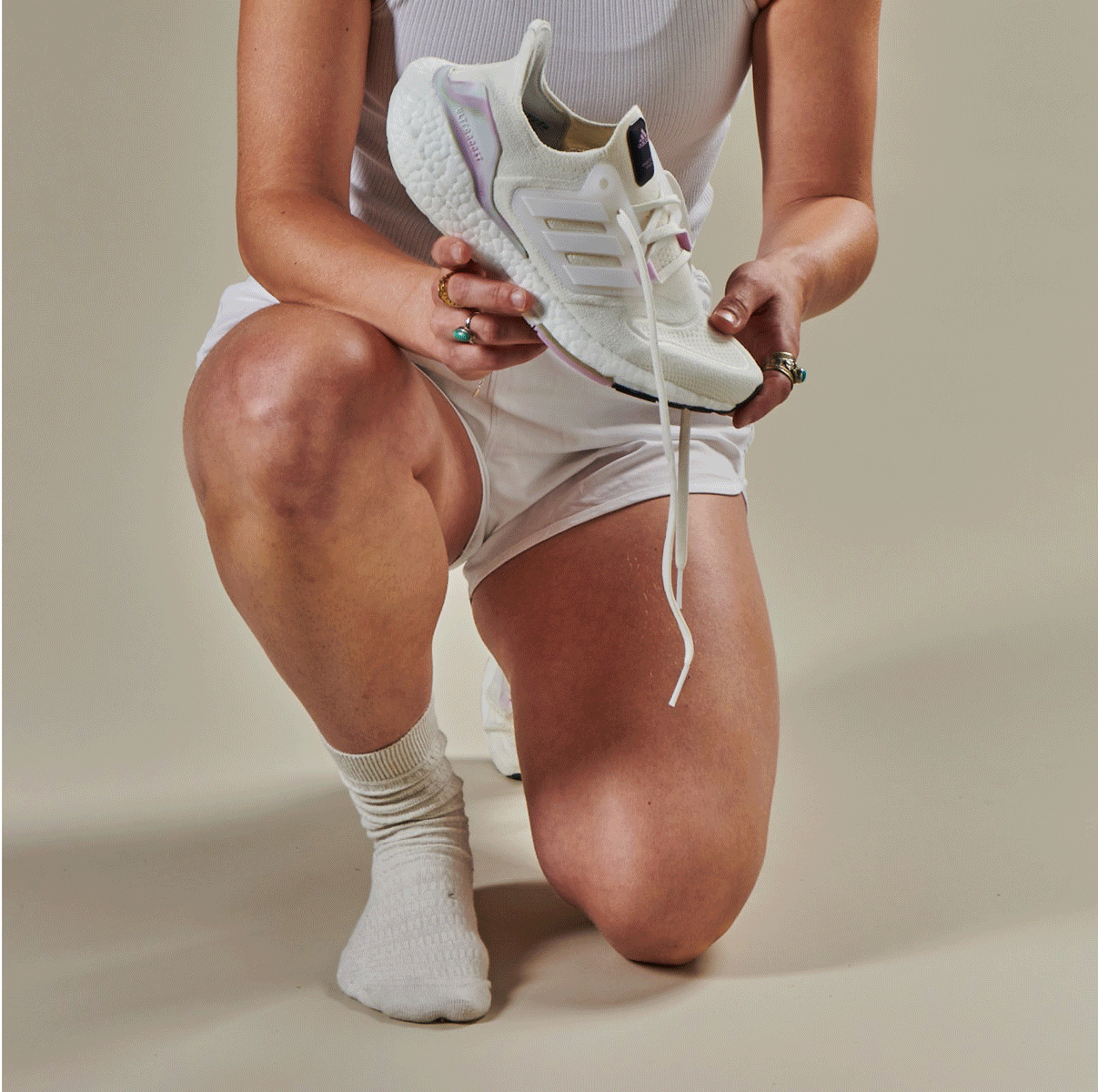 I'm a Health Editor who's tried 100's of shoes - these are officially the best gym trainers you can buy
I'm a Health Editor who's tried 100's of shoes - these are officially the best gym trainers you can buyFor running, weight training, walking, and more.
By Ally Head
-
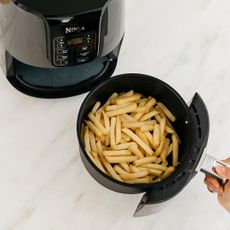 After testing dozens of designs—these are the best air fryers money can buy, according to team Marie Claire UK
After testing dozens of designs—these are the best air fryers money can buy, according to team Marie Claire UKPlus a nutritionist's expert insights on the popular cooking method
By Grace Lindsay
-
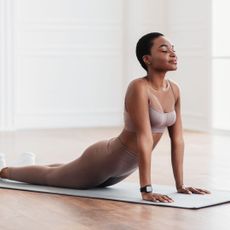 This Pilates ab workout is a combination of all the most effective exercises for a strong body
This Pilates ab workout is a combination of all the most effective exercises for a strong bodyThis one's a good'un.
By Ally Head
-
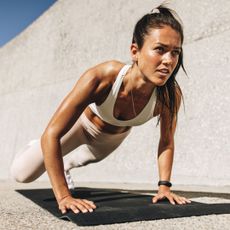 These are the only bodyweight exercises experts reckon are *actually* effective
These are the only bodyweight exercises experts reckon are *actually* effectiveTry from home, the garden, or the gym.
By Ally Head
-
 This is the best HIIT workout you can do, according to world-renowned trainer Kayla Itsines
This is the best HIIT workout you can do, according to world-renowned trainer Kayla ItsinesYep, you can do it from home.
By Ally Head
-
 A diabetes drug is going viral for its supposed weight loss benefits—but there’s a seriously dark problem here
A diabetes drug is going viral for its supposed weight loss benefits—but there’s a seriously dark problem hereSearches for weight loss injections have soared by 134%.
By Ally Head
-
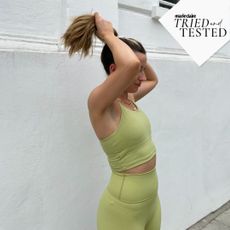 Best cycling shorts: Fitness writers share the only 9 pairs worth your ££
Best cycling shorts: Fitness writers share the only 9 pairs worth your ££Tried and tested.
By Ally Head
-
 "After a month of trying Reformer Pilates, I was *very* surprised at how much my body changed"
"After a month of trying Reformer Pilates, I was *very* surprised at how much my body changed"If it's good enough for Harry Styles…
By Ally Head
-
 Dumbbell exercises are loved by Rihanna and the Kardashians - 10 to try tonight
Dumbbell exercises are loved by Rihanna and the Kardashians - 10 to try tonightOur weight training experts have got you covered.
By Amy Sedghi

